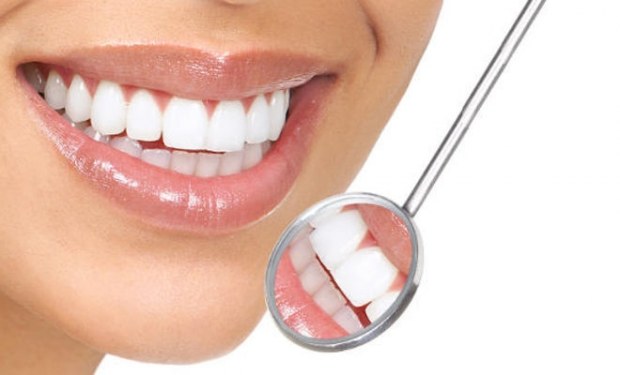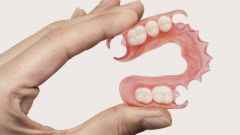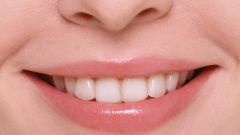Instruction
1
Crowns are a versatile way to rebuild teeth that spoil your smile and prevent eating. If the tooth is broken, cracked, changed the hue, destroyed to the roots, setting bits will be dictated by considerations of functionality and aesthetics.
2
In the last century for the prosthesis most often used metal crowns. Today they are considered obsolete. Metal crown unsightly, and its functional properties is largely inferior to modern materials that allow you to make a prosthesis is indistinguishable from the real teeth of the patient.
3
Crowns are sometimes used ceramics. All-ceramic crowns have a limited scope: they are placed only on front teeth that are exposed to a high masticatory load. Ceramics is characterized by excellent aesthetic properties, however, such prostheses that do not have metal bases, not too durable. The brittleness of all-ceramic crowns – its main weakness.
4
A more common material for the prosthesis is metal. Metal-ceramic crowns combine the aesthetic appeal of conventional ceramic and high strength metal. These crowns are universal. Their inner layer is made of a metal alloy, layers applied ceramic coating. Metal-ceramic crowns are not susceptible to dyes, they do not change color, can withstand heavy loads and do not disintegrate with time. Denture-metal with all the rules of manufacture and installation will last its owner ten years. Another important advantage of metal-ceramic crowns is hygiene. The crown is immune to the effects of pathogenic bacteria, and thus improves the oral hygiene.
5
The most expensive type of dental crowns is a modern prostheses based on zirconium oxide, having a metal base. Cost of zirconium crowns high, because of their excellent quality, durability, aesthetics and hypoallergenic. The strength of zirconium crowns and exceeds the strength of the cermet. These crowns have excellent biological compatibility with live tissues of the tooth and gums, and their appearance is as close to the natural tooth enamel, thanks to a transparent ceramic layer on the surface of the prosthesis.




